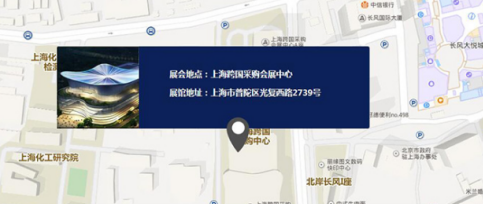In a world where doctors are limited, but emerging diseases are constantly spreading and superbugs are frequent, health care is not only a concern for individuals, societies, and governments in every country, but also an important area of ​​concern for emerging AI technology.
The current medical system, even in the most developed economies of the United States, faces problems of poor equity and inefficiency, which is the main cause of Obama's medical reform. In India, where medical services are most worrying, the demographic dividend is about 7% a year, and the ratio of doctors to patients is the lowest in the world. On average, there are only 0.2 doctors per 1,000 people, less than one-fifth of the US. Because of the special national conditions, India’s financial investment in health care is also seriously inadequate.
If medical technology is a icing on the cake for advanced economies, it can be used as a icing on the cake for the developed economies, but it can be used to compensate for the shortage of talents and institutional defects.
From the perspective of technological development, the current application of AI in the medical field is mainly based on several levels: vision-based medical imaging; intelligent auxiliary diagnostic reminder/clinical decision-making diagnostic system; surgical robot, medical service robotic medical, rehabilitation robot; medical Data platforms, data analysis systems (BI), mobile and telemedicine ; precision medicine (genetic engineering, cell engineering); and wearables.
In the field of medical imaging, it has recently been favored by capital. The data shows that from 2013 to 2017, the entire AI medical industry received a total of 241 domestic financing. In the fields of virtual assistants, medical imaging, medical robots, and intelligent health management, medical imaging has become a capital-intensive position with a highest proportion of 31%. On March 19th, it was thought that the technology won a new round of financing of 300 million yuan from Qihe Capital, Shangyu Fund, Yuansheng Capital, Sequoia Capital and Qiming Venture Capital. So far, the Division has completed four financings within two years.
In addition to the science and technology, well-known medical imaging companies such as Yitu Technology, Huiyi Huiying, Wanliyun Medical, and Tuoma Shenwei have obtained large strategic financing in the past two years. Behind becoming a capital darling is the fact that images are more likely to be commercialized first than other medical fields. Under the pursuit of capital, new products will emerge in large numbers.
In addition to medical imaging, robotics, 3D printing, and wearable devices are major trends in the development of medical technology in China. According to statistics, in the five years from 2016 to 2021, the compound growth rate of medical robots reached nearly 19%. In 2020, the output value of the medical machinery industry reached 11 billion US dollars. From the perspective of overall distribution, surgical robots account for 60% and remain the mainstream. Other aspects are relatively small, but they continue to grow very well.
At the 2017 World Medical Robotics Conference, Sun Lining, director of the ROBO Medical Robot Research Institute/Senior Institute of Advanced Manufacturing Technology of Suzhou University, once said: "China's 2030 development path in medical devices is generally based on robotics. 3D printing technology and other integration, while vigorously developing monitoring equipment, minimally invasive and non-invasive treatment, as well as remote and mobile medical treatment , especially the development of health monitoring systems represented by wearable devices, as well as rehabilitation prostheses including artificial organs, and more importantly In combination with the emergence of artificial intelligence, vigorous development of health information and network health advisory system, this aspect is a relatively new industry development direction."
The market is improving, but how do you want to pulse the pulse?
In 2018, "2018 China (Shanghai) International Artificial Intelligence Exhibition", including medical imaging, medical robots, medical big data platform, precision medical, and wearable devices, will showcase the most cutting-edge technology products.

In addition to the Smart Medical Exhibition Area, the exhibition will also showcase seven major industry applications including chip/hardware, software and platform, terminal application, smart car, intelligent (service) robot, and intelligent identification. The product covers artificial intelligence upstream hardware and software, midstream. Application technology, as well as terminal products, the entire industry chain integration layout.
We look forward to your cooperation and presence.
contact us

Exhibitor: Shen Dan 0755-83279086
Visit: Bai Xiaoshuai 0755-83279017-260
Jining hongshan trading co., LTD. Is located in jinxiang;China has Garlic to watch jinxiang, jinxiang is China's garlic reputation.Over 90 percent of garlic exported abroad each year is jinxiang.Jinxiang planting garlic has a long history, large area, complete variety, high quality and low price. Jinxiang garlic has the obvious advantages of big head of garlic, strong juiciness, pure spicy taste, crispy taste, non-dispersive flaps, anti-mildew, anti-rot, and storage resistance. Our garlic of jinxiang dominates the domestic and foreign markets.Experienced, active and flexible in the market, warm, thoughtful and safe to customers.White red garlic, the annual May Day around the market.We provide the best quality for the customer, if you have any need, please tell us.

Garlic In Sacks,Sack Garlic for Exportation,Sack Garlic Packaging,Fresh Garlic In Sacks
Jining Sunagro Trade Co., Ltd. , https://www.sunagro-food.com